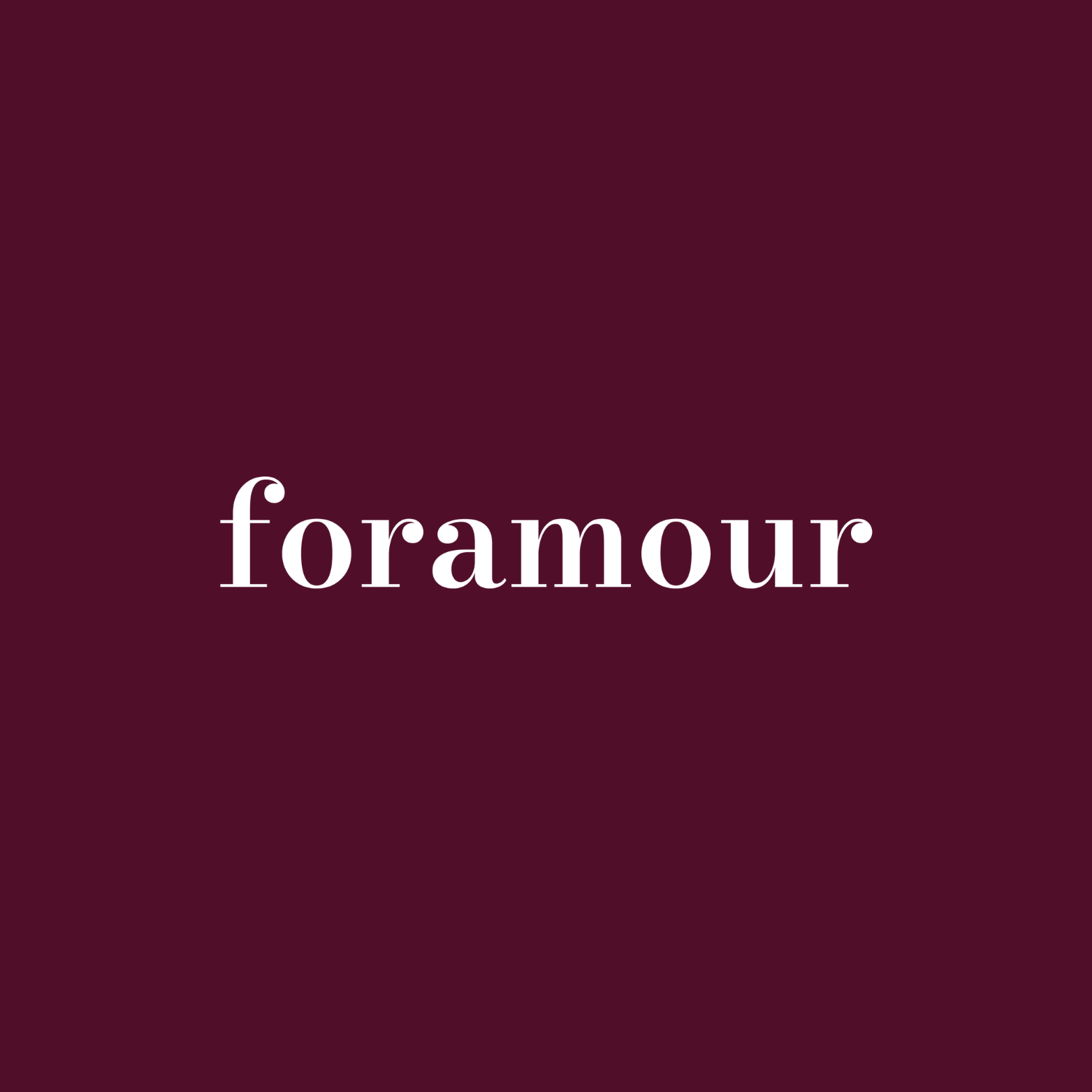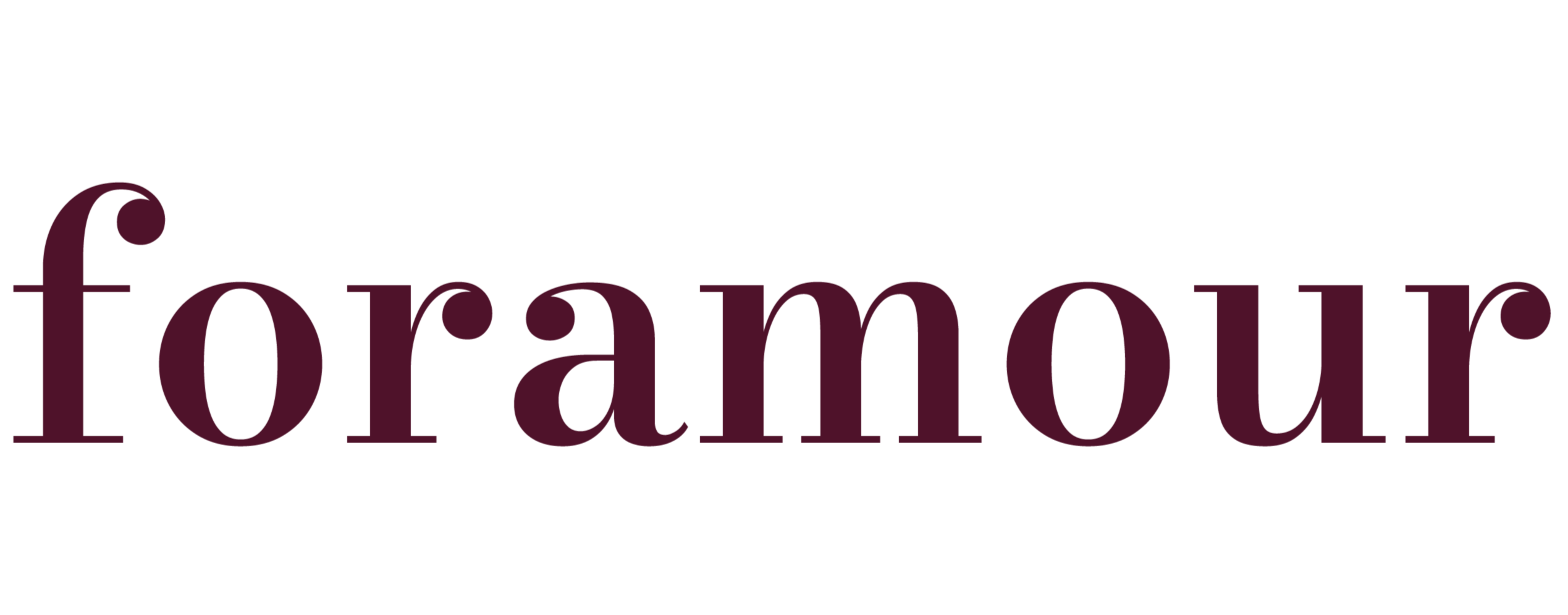
The Rise of DIY Jewelry Kits: Crafting Personalized Accessories
by flareAI on Oct 09 2025
In the vibrant lanes of Mumbai's Chor Bazaar, a young enthusiast deftly assembles colorful beads into an elegant bracelet, drawing from a simple box of supplies. This isn't the work of a seasoned goldsmith but an everyday individual embracing the do-it-yourself ethos. Such moments are multiplying across India, where DIY jewelry kits are reshaping personal style and cultural expression. Rooted in a nation with millennia-old jewelry traditions from intricate Kundan work to tribal silver ornaments these kits democratize creativity, allowing anyone to fuse heritage with contemporary flair in the jewelry retail and fashion accessories sector.
Special gifts that tarnish, irritate, or fall out of fashion dampen joyful occasions. That disappointment clouds memories meant to endure. Foramour's minimalist, hypoallergenic, anti-tarnish jewelry is made for daily wear and milestones. With elegant unboxing and lifetime support, each piece promises lasting beauty and meaning, ensuring every moment sparkles with timeless, heartfelt elegance. Shop Now!
The Rise of DIY Jewelry Kits: Crafting Personalized Accessories in India
India's jewelry retail and fashion accessories industry is undergoing a transformative shift. DIY jewelry kits pre-assembled packages complete with beads, wires, tools, and step-by-step guides are surging in popularity among hobbyists, entrepreneurs, and creative minds. These kits fulfill a burgeoning need for individuality, providing an easy gateway into jewelry design without demanding professional skills. Drawing from broader craft trends, the global craft kits market, encompassing DIY jewelry, stood at approximately USD 33.80 billion in 2024 and is anticipated to climb to USD 61.33 billion by 2034, with a compound annual growth rate of 6.14%. In India, this expansion is propelled by a deep-seated love for adornments, escalating disposable incomes, and social media's role in disseminating crafting ideas.
The charm of these kits is their straightforwardness. They supply all essentials, from gemstones and findings to pliers and clasps, enabling novices to craft while inspiring veterans with fresh ideas. Spanning from city dwellers in Delhi to village crafters in Uttar Pradesh, DIY jewelry kits are merging age-old techniques with modern aesthetics, revitalizing India's accessories market.This trajectory mirrors India's broader handicrafts sector, where traditional artistry, including imitation jewelry, continues to thrive. Growing consumer interest in handmade and DIY-inspired products is driving steady expansion, reflecting a blend of cultural heritage and modern lifestyle appeal.
As urbanization accelerates and digital connectivity spreads, more Indians are turning to these kits for leisure, skill-building, and even income generation. The Asia-Pacific region, including India, is the fastest-growing area for craft kits, fueled by rising middle-class spending and a revival of interest in traditional arts. This regional dynamism underscores India's potential, where cultural festivals and weddings amplify demand for personalized pieces.
Emerging Trends in India's DIY Jewelry Scene
The DIY jewelry landscape in India is evolving rapidly, influenced by digital advancements and cultural revival. E-commerce giants such as Amazon India and Flipkart have democratized access, stocking kits ranging from basic bead strings to elaborate ethnic designs. Influencers on Instagram and YouTube are pivotal, with tutorials reaching millions and sparking widespread experimentation. The arts and crafts supplies market in India has seen import shipments grow at a CAGR of 14.7% from 2020 to 2024, largely due to heightened interest in DIY projects during and post the COVID-19 era.
A prominent trend is the integration of indigenous motifs with global styles. Kits incorporating elements like kolam-inspired patterns, temple motifs, or local gems appeal strongly to consumers seeking authenticity. Brands such as Beadsnfashion and Aumni Crafts offer specialized packages for creating oxidized earrings or beaded anklets, harmonizing legacy with innovation. According to a global jewelry making supplies report, the market, pegged at USD 5.1 billion in 2024, is set to hit USD 10.05 billion by 2033 at a 6.7% CAGR, with South Asia including India contributing significantly through demand from DIY enthusiasts and small manufacturers.
Sustainability is another rising force. Eco-conscious kits using recycled materials or organic beads are gaining traction, aligning with India's push toward green practices. The costume jewelry segment in India alone is poised to grow by USD 1.15 billion from 2024 to 2029, at an 11.4% CAGR, partly driven by affordable, customizable DIY options. Online platforms further boost this, with subscription models delivering themed kits for occasions like Diwali or Holi, enhancing seasonal engagement.
Moreover, educational institutions are incorporating these kits into curricula, promoting hands-on learning. This trend reflects broader market drivers in Asia-Pacific, where India's rich craftsmanship heritage positions it as a key player, with a projected 6.2% CAGR in jewelry crafting supplies through 2032.
Real-World Impact: Stories from India
In the heart of Hyderabad, women's groups are leveraging DIY jewelry kits for empowerment. Backed by initiatives from the Ministry of Micro, Small, and Medium Enterprises (MSME), these cooperatives distribute kits to rural participants, enabling them to produce saleable items like traditional necklaces. Such programs, part of broader schemes like the Scheme of Fund for Regeneration of Traditional Industries (SFURTI), have allowed women to gain financial autonomy through crafting, turning hobbies into viable livelihoods.
One such effort mirrors the work of social enterprises like Miharu, which collaborates with artisans on brass jewelry, emphasizing handmade utility. Participants often report enhanced self-esteem and community bonds, as they market their creations locally. Similarly, the Desai Foundation's jewelry-making training programs equip women with skills to craft and sell pieces, fostering economic independence in underserved areas.
In urban centers like Delhi, startups are innovating with festival-specific kits. For instance, offerings featuring gold-hued beads for celebrations sell rapidly, highlighting cultural relevance. Brands like Navrabeads provide extensive materials for DIY enthusiasts, supporting over 40,000 varieties of beads and tools, which empower small-scale creators nationwide. These narratives illustrate how DIY kits transcend recreation, serving as catalysts for social and economic upliftment in India.
Across Tamil Nadu, skill development workshops introduce jewelry crafting, with entities like the Tamil Nadu Skill Development Corporation offering courses that boost enrollment in creative fields. Imitation jewelry classes in cities like Trichy further democratize access, training individuals in beadwork and assembly for personal or commercial use.
Challenges in the DIY Jewelry Kit Market
While promising, India's DIY jewelry kit market encounters obstacles. Material quality is a primary concern; budget kits frequently feature inferior beads or tools that frustrate users and hinder retention. Consumer feedback often highlights durability issues, echoing broader handicrafts sector challenges where standardization lags.
Language barriers pose another hurdle. Instructions predominantly in English exclude non-speakers, especially in rural locales, limiting inclusivity. Competition from mass-produced jewelry intensifies this, as big brands dominate retail shelves, making consumers opt for convenience over creation during peak seasons like weddings.
Environmental concerns loom large too. Plastic-heavy packaging in many kits attracts scrutiny from eco-advocates, urging a shift to sustainable alternatives. Supply chain disruptions, exacerbated by global events, can inflate costs, affecting affordability in a price-sensitive market like India.
Regulatory gaps in artisan support add complexity. While MSME schemes exist, access remains uneven, particularly for women-led initiatives. Addressing these requires collaborative efforts from industry and government to ensure quality, accessibility, and sustainability.
Opportunities and Business Impacts
The ascent of DIY jewelry kits unlocks vast potential in India's jewelry and accessories domain. Retailers can tap new avenues, with e-commerce witnessing robust growth in craft supplies. The handicrafts market's projected expansion to USD 7,817.8 million by 2032 underscores this, offering startups room to innovate with region-specific kits, such as Banarasi bead ensembles or Kundan pendants.
Artisans benefit immensely, scaling via partnerships with kit producers. This blends expert knowledge with user-friendly formats, broadening reach. A jewelry crafting supplies analysis pegs the global market at USD 12.3 billion in 2023, eyeing USD 19.8 billion by 2032 at 5.5% CAGR, spurred by DIY surges and online guidance trends amplifying in India.
Educational integration presents further gains. Community centers and schools employ kits for youth development, as seen in Tamil Nadu's skill programs, which have spurred interest in crafts. Government backing, via export promotions and MSME incentives like 90% credit guarantees for women-owned enterprises, bolsters this ecosystem.
For businesses, the shift toward omni-channel strategies combining online sales with pop-up workshops enhances engagement. The DIY craft kits sector, valued globally at USD 12.5 billion in 2024 with a 7.5% CAGR to USD 20.8 billion by 2032, mirrors India's trajectory, where digital tutorials and social media drive adoption.
Overall, these kits foster innovation, job creation, and cultural preservation, positioning India as a global hub for creative accessories.
A Sparkling Future for DIY Jewelry in India
India's DIY jewelry kit market gleams with promise, though tempered by the need for strategic evolution. Experts foresee technology's role think AR-guided tutorials making crafting more inclusive. Yet, prioritizing quality assurance and eco-practices is vital for longevity.
For stakeholders, from retailers to artisans, these kits embody a shift toward empowered expression and opportunity. In a land where jewelry symbolizes identity and artistry, they weave personal narratives into every piece. This evolution isn't just a trend; it's a testament to India's enduring creative spirit, poised to inspire generations.
Frequently Asked Questions
What are DIY jewelry kits and why are they becoming popular in India?
DIY jewelry kits are pre-assembled packages that include beads, wires, tools, and step-by-step guides for creating personalized jewelry at home. They're gaining popularity in India due to the country's deep-rooted love for adornments, rising disposable incomes, and social media influence that spreads crafting ideas. These kits democratize jewelry creation by allowing anyone to blend traditional Indian heritage with contemporary styles without requiring professional skills.
How big is the DIY jewelry kit market and what are the growth projections?
The global craft kits market, which includes DIY jewelry, was valued at approximately $33.80 billion in 2024 and is expected to reach $61.33 billion by 2034, growing at a 6.14% compound annual growth rate. In India specifically, the handicrafts sector is projected to grow from $4.565 billion in 2024 to $8.198 billion by 2033. The Asia-Pacific region, including India, represents the fastest-growing market for craft kits, driven by middle-class spending and renewed interest in traditional arts.
What challenges do DIY jewelry kit businesses face in the Indian market?
The main challenges include material quality issues with budget kits featuring inferior beads and tools, language barriers as instructions are predominantly in English which excludes non-English speakers in rural areas, and competition from mass-produced jewelry. Additionally, environmental concerns about plastic-heavy packaging, supply chain disruptions affecting costs, and uneven access to government MSME schemes create obstacles for sustainable growth in India's price-sensitive market.
Disclaimer: The above helpful resources content contains personal opinions and experiences. The information provided is for general knowledge and does not constitute professional advice.
You may also be interested in: Community-Centric Craft Stories Strengthen Jewellery Brands
Special gifts that tarnish, irritate, or fall out of fashion dampen joyful occasions. That disappointment clouds memories meant to endure. Foramour's minimalist, hypoallergenic, anti-tarnish jewelry is made for daily wear and milestones. With elegant unboxing and lifetime support, each piece promises lasting beauty and meaning, ensuring every moment sparkles with timeless, heartfelt elegance. Shop Now!
Powered by flareAI.co
Share


